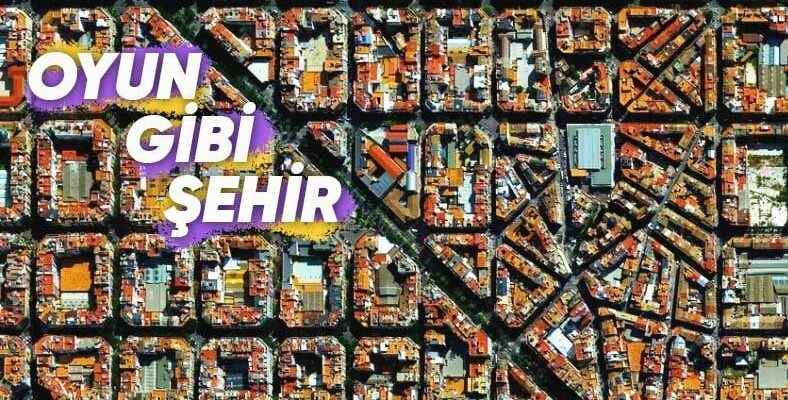Barcelona, one of the popular touristic cities of Europe, is a city that resembles a battlement with buildings that look like they’ve been copied and pasted from above. So what is the reason for this structure that we have not seen in other cities?
Year 1852. Spain. Barcelona, whose complex and narrow streets are covered with straw and horse dung, is a people who barely escaped the scourge of yellow fever. cholera trying to survive in the grip of new epidemics such as Paris and London The walls that are supposed to protect Barcelona, which has a higher population density than even big cities like the city, are putting the city in a deadly bottleneck.
The year is 2022, Turkey. A page on Instagram explains the interesting features of Barcelona. reminiscent of festive chocolates It starts with the grid view. The geometric structure of the city is really eye-catching. in 170 years The change in the city begins with a single person: Ildefons Cerda. Welcome to this journey that will culminate in politics, class struggle, intrigue, and ultimately the birth of urbanization.
The city born from the rebellion against Rome: Barcelona
In history Punic Wars The two long wars, called the Roman Empire, became the dominant power of the empire, which we know today as the Roman Empire. of Carthage is the reason for its extinction. One of the remnants of this war is, Hamilcar BarcaIt is the city of Barcelona, which was founded by . . and his followers to live.
established at that time BarcelonaThe city was ultimately a military center, and the city had walls, features to facilitate its defense, and streets designed in accordance with the geography. This building to the 1800s When it came to the city, it would not be enough to meet the increasing importance of the city.
One day a man comes to town

Industrial Revolution Barcelona, which has a busy port and many production centers, started to get crowded with each passing day. to the 1850s When it came to the city, the city suffered great losses due to epidemics such as yellow fever and cholera. This revealed the need for new approaches to solve the problem.
Average life expectancy in Barcelona was so shortened that for the wealthy life expectancy 36 years had become 23 years for the poor. The walls had become a health problem for the city, as they concentrated the population in one area, reduced social distance too much and blocked fresh air.
First of all, the city medieval The walls were demolished and work began. Then everyone started asking the same question: “Okay, we’ve knocked down the walls, but now how will the city expand?” It was not easy to answer this question. Also at that time CatalansPolitical strife continued among the royalists and other communities.

Barcelona, Catalan region richest city became the home of the bourgeois-worker struggle. Representatives of each front presented an expansion plan as they wished. Currently in the last 50 years Napoleon’s invasionThe city, which had seen a riot, a popular revolt, two epidemics, many fires, large and small, could not afford more. So they gave the business a relatively neutral name: Ildefons Carda.
Ildefons Carda was a Catalan architect. He had also studied civil engineering. Carda, who inherited the family fortune after her siblings’ death, finds herself to city planning had given. He entered and won the competition to choose Barcelona’s expansion plan. Afterward, it would reveal a whole new field.
The dream of a classless and green city
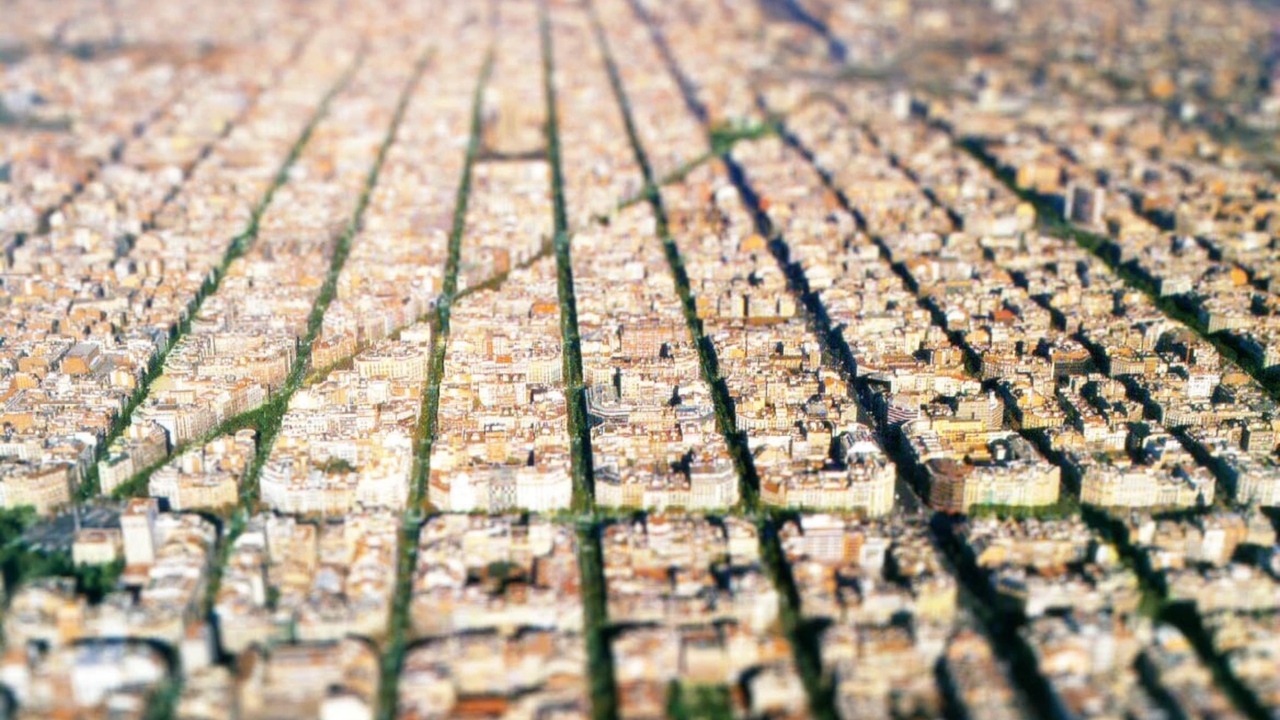
card, classless and he dreamed of a city where everyone could reach everywhere on foot. He made a special plan to realize this. which will expand Barcelona in the form of a grid using three different types of blocks. Eixample (Expansion) He also found the concept of urbanization with his project.
Carda’s aim was to bring the neighborhood and human communication, clean air in the countryside to the cities, while protecting the yields of the cities. From two buildings facing each other, n-shaped but from three non-adjacent buildings and of two L-shaped buildings He designed three different blocks consisting of Thus, no building would be closed, and pedestrian travel would be possible from the green areas inside the blocks.
Barcelona: a city with 7 neighborhoods
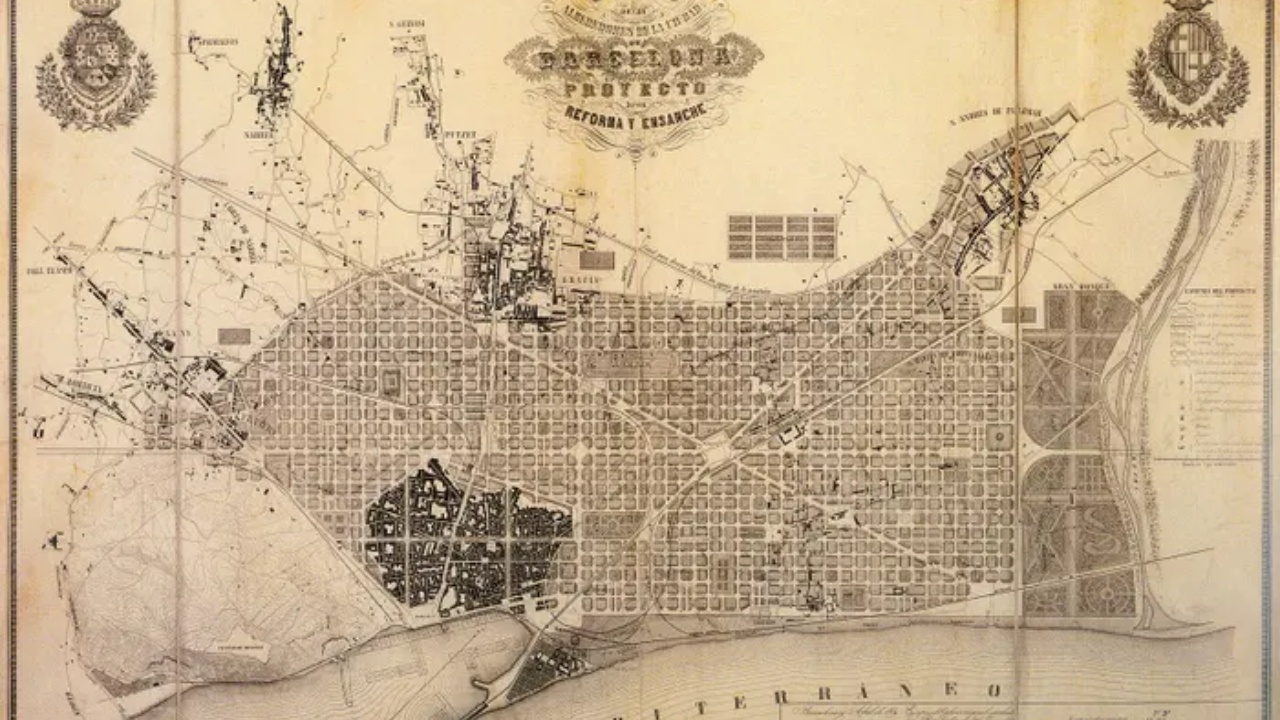
Cerda’s original plan will be added to the city 7 new neighborhoods contained. Between these neighborhoods, which occupied almost four times the area of the old city center, gaps were also left for railways and main roads. Although these gaps and paths seemed excessively wide for the life of that period, Cerda had a vision.
Thinking that trains won’t be enough for people in the future Cerda, “Tomorrow they will build smaller steam engines, everyone pulls one up to their door, the machines are there like a horse-drawn carriage.” both thinking Park area in order to allow both traffic and prevent the buildings from being constantly exposed to sunlight. streets and avenues it was wide.
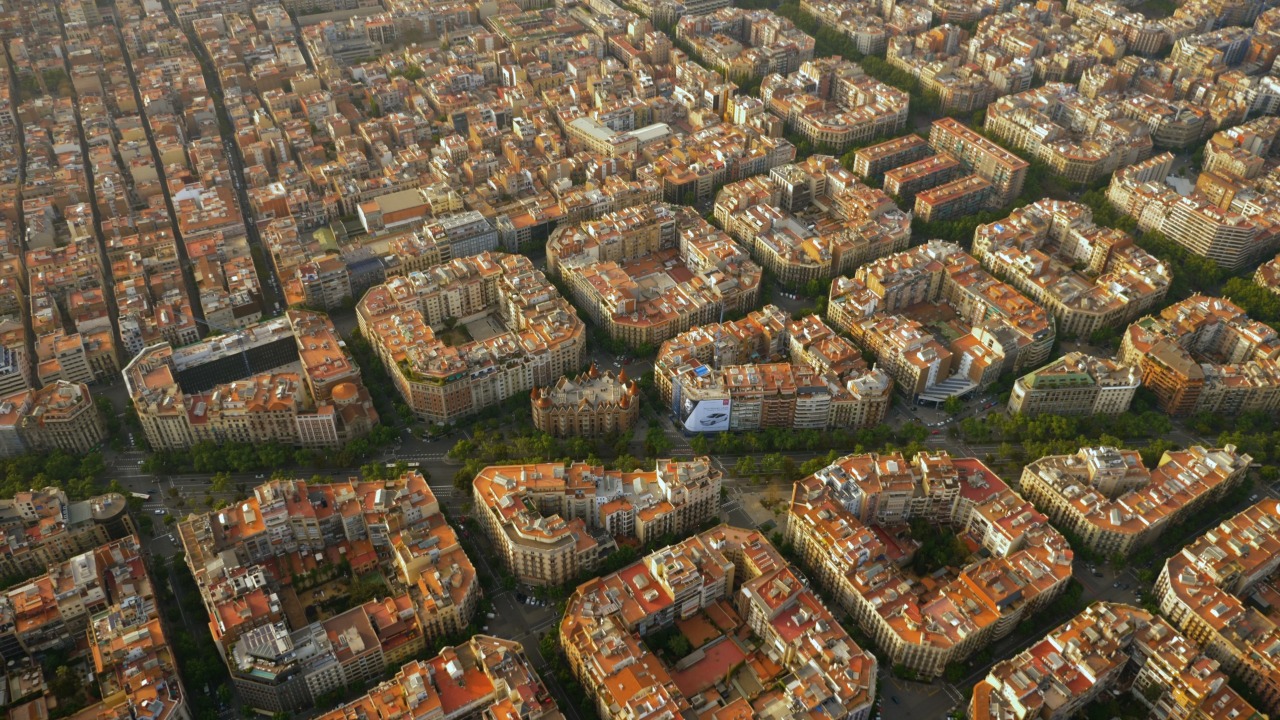
Moreover, it would provide better airflow. Before Carl Benz found cars 30 years Thinking about cars before, Cerda decided to make it easier to see left and right in front of the blocks. at 45 degree angle It left gaps.
Redefining what a city is
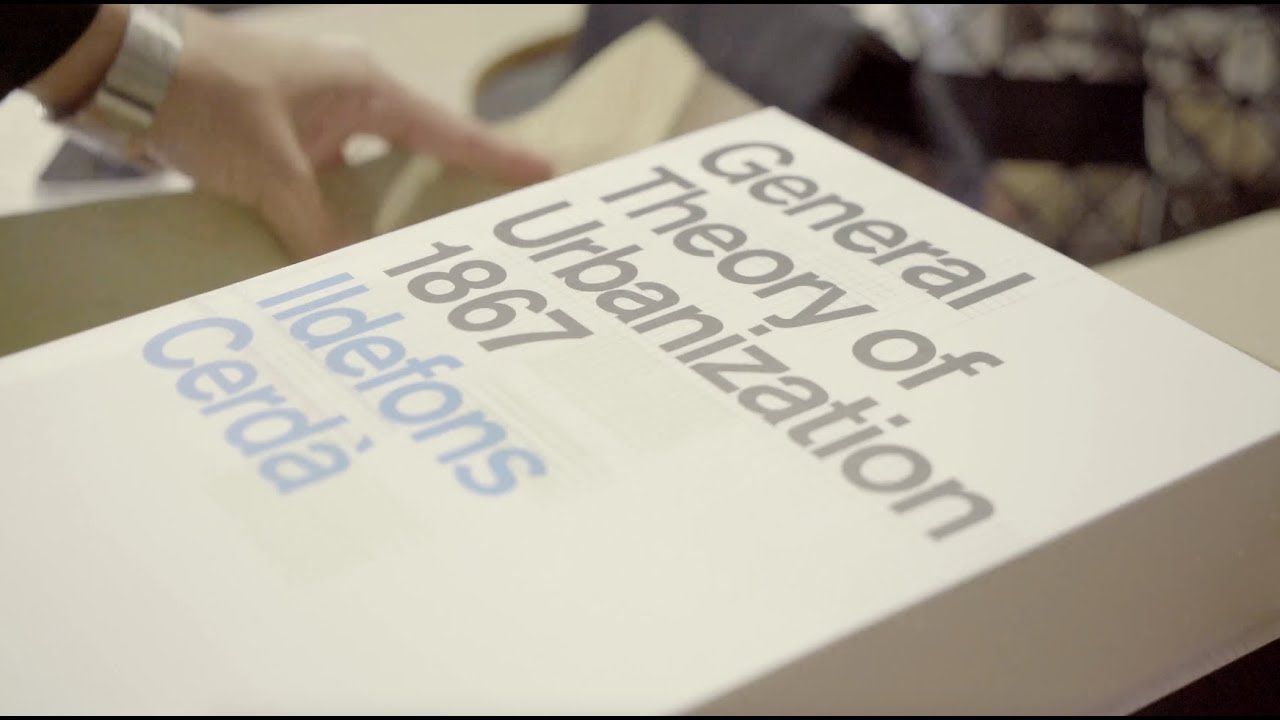
Cerda only “Let’s have green houses like this here‘ he didn’t say, how a city should be He had developed a vision. He laid the foundations for city planning that was not in his time. The most important idea is that cities not just where they livewas also his defense of the necessity of being a source of welfare. He made the first methodical scientific studies of what modern cities should be like.
As a result of these studies, in order for a person to live in a healthy city, the amount of air required calculated correctly. He detailed what the people of the city could do. He mapped structures such as market places, schools and hospitals that might be needed. He revealed that deaths are more common in places with narrow streets. He even wrote in 1867 General Theory of Urbanization He also coined the word urbanization with his book.
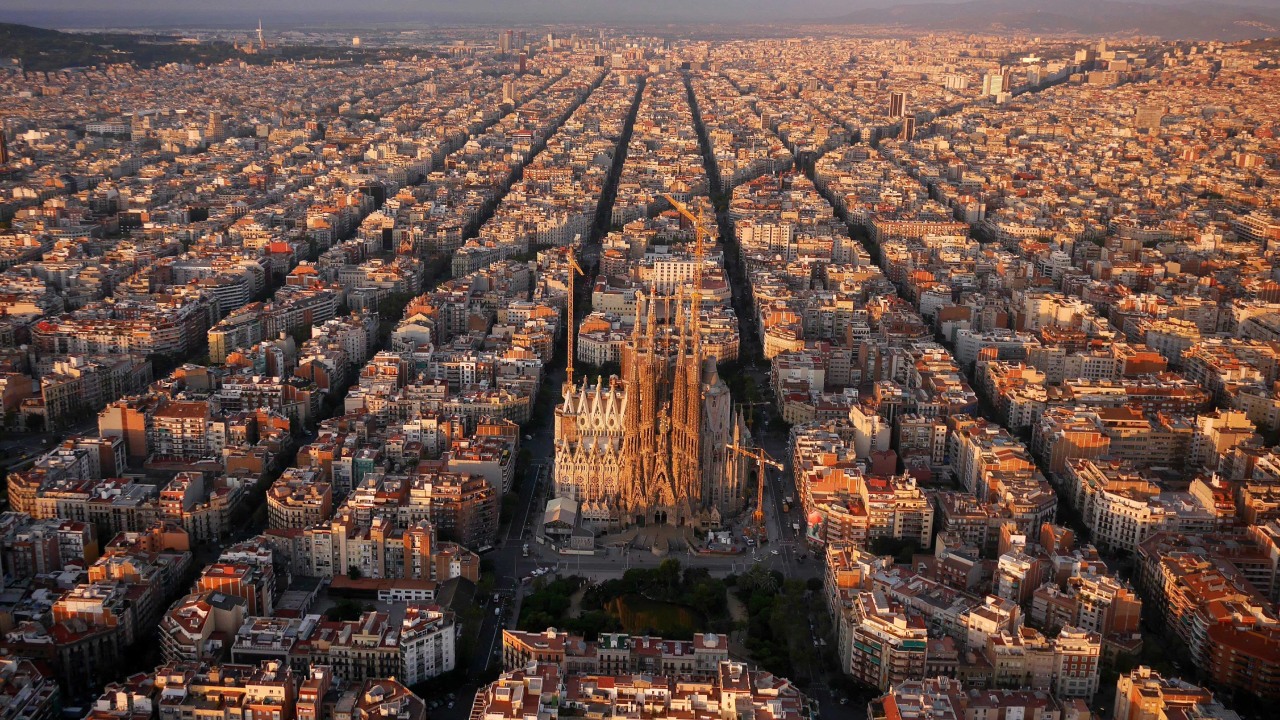
The basis of Cerda’s plan was the belief that settlements should be independent of classes. This thought, which caused him to be accused of being communist by his rivals during his period, actually both the poor and the rich It was because he intended to have access to the same services. Before him, there was no one who cared too much about how the poor people or the lower class lived.
But is Barcelona today really a utopia?
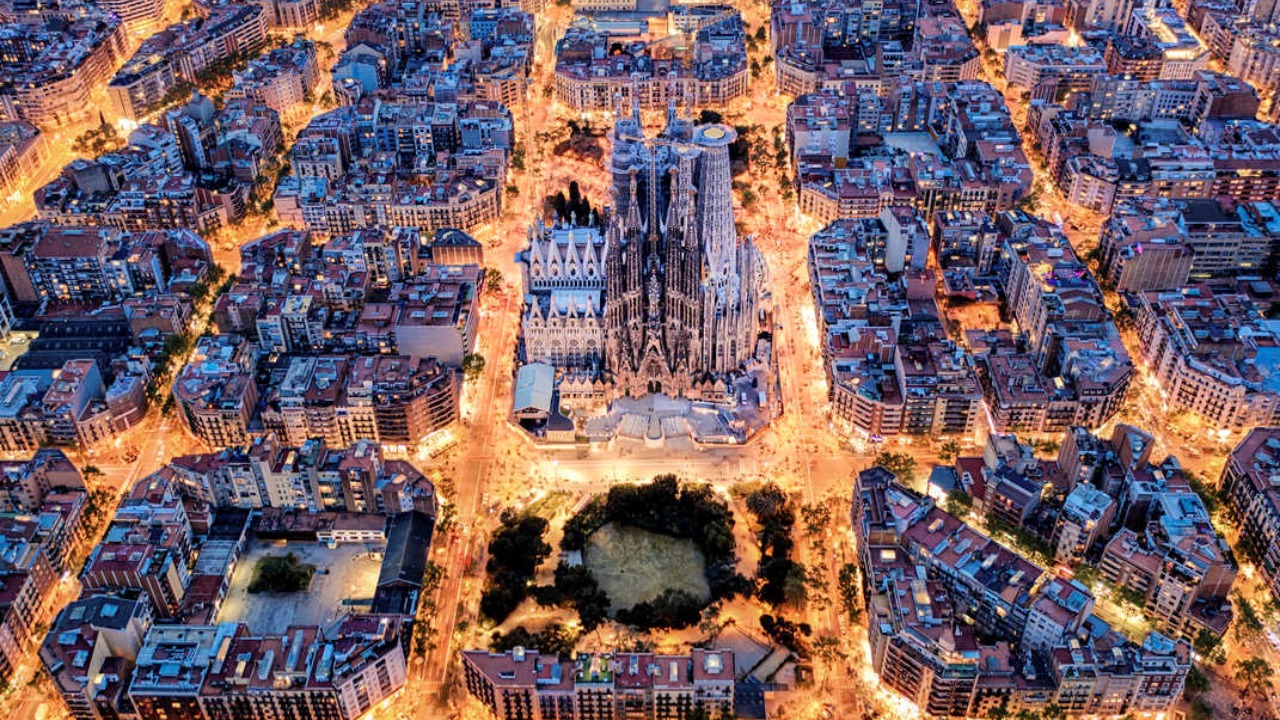
between blocks from lush parks You can walk everywhere, the traffic flows smoothly, the rich and the poor have a chance to access the same opportunities. Barcelona utopia does it survive today? Unfortunately, no. There are various reasons for this too.

Firstly, Cerda’s plans have evolved over time. many changes was beaten. Buildings rose. Corners joined. For the new builds, the blocks were made into squares with trimmed corners. Parks have been replaced by car parks.
There’s also the tragicomic side of it.
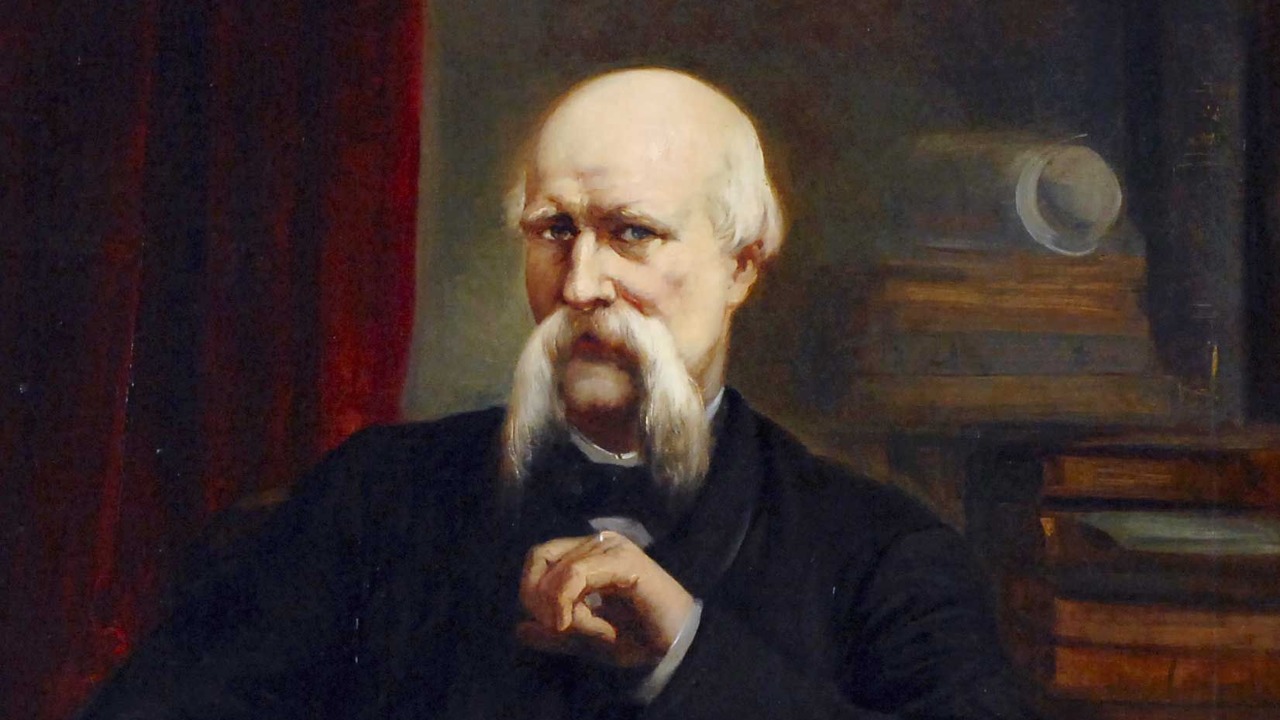
What makes Barcelona Barcelona Cerdawas not well liked in the city of Barcelona. It’s always in the city because it’s part of the political conflicts we mentioned above. met with suspicion. Besides, he actually didn’t want to be a part of this conflict.
For the first expansion plan, the Barcelona city council opened a competition, and their own chief architects were the winner of the competition. Antoni Rovirahad chosen. The Spanish Government, on the other hand, had power over the city consuls and Ministry of Public Affairs He established a ministry that we can translate. This ministry, on the other hand, took the task from Rovira and to Cerda gave.

That’s why Cerda had a hard time getting herself accepted in Barcelona. While there was already a conflict between engineers and architects, he thought he came from the top down. Barcelona architectshad decided to defame Cerda intellectually and ideologically. Its buildings are monotonous, with streets unnecessarily wideCerda was also accused of constructing squares resembling communist community buildings.
However, after the 1980s-1990s, especially the structure of the city At the 1992 Barcelona Olympics Following the accolades it received, Catalans began to re-examine the city’s past. The one who had been defeated in his own time and established a brand new field. Ildefons CerdaMore than a hundred years after his death in 1876, he was honored again.
Now Barcelona is working to return to the structure planned by this visionary, whom it once looked down upon.
RELATED NEWS
We have placed world-famous buildings such as Eiffel and Pisa in cities in our country: Here are the interesting landscapes that emerged…
RELATED NEWS
